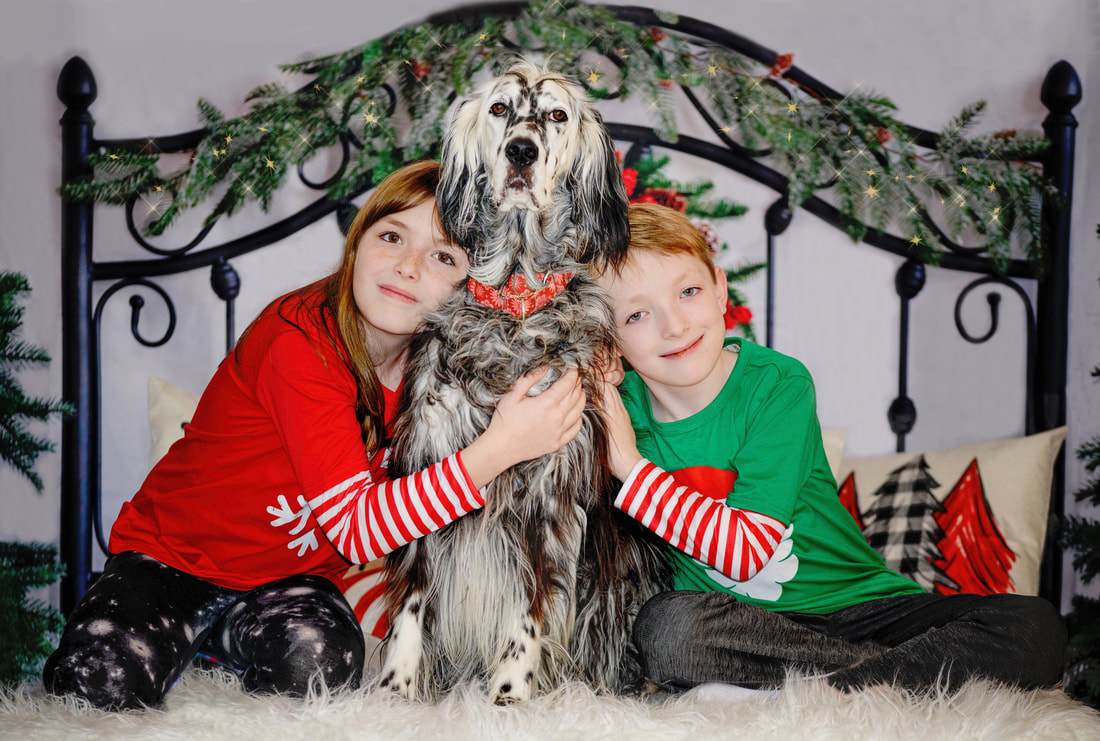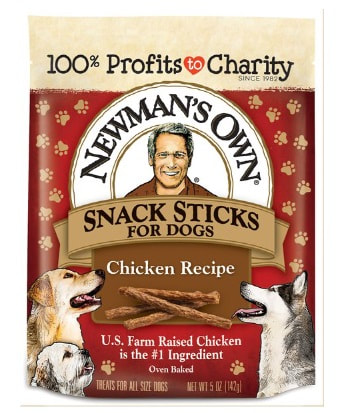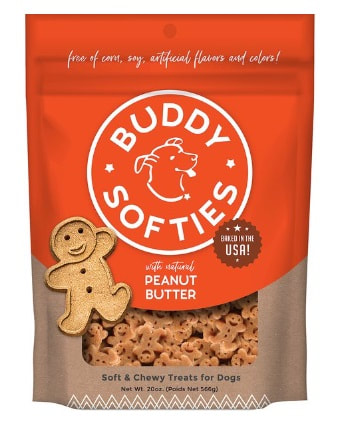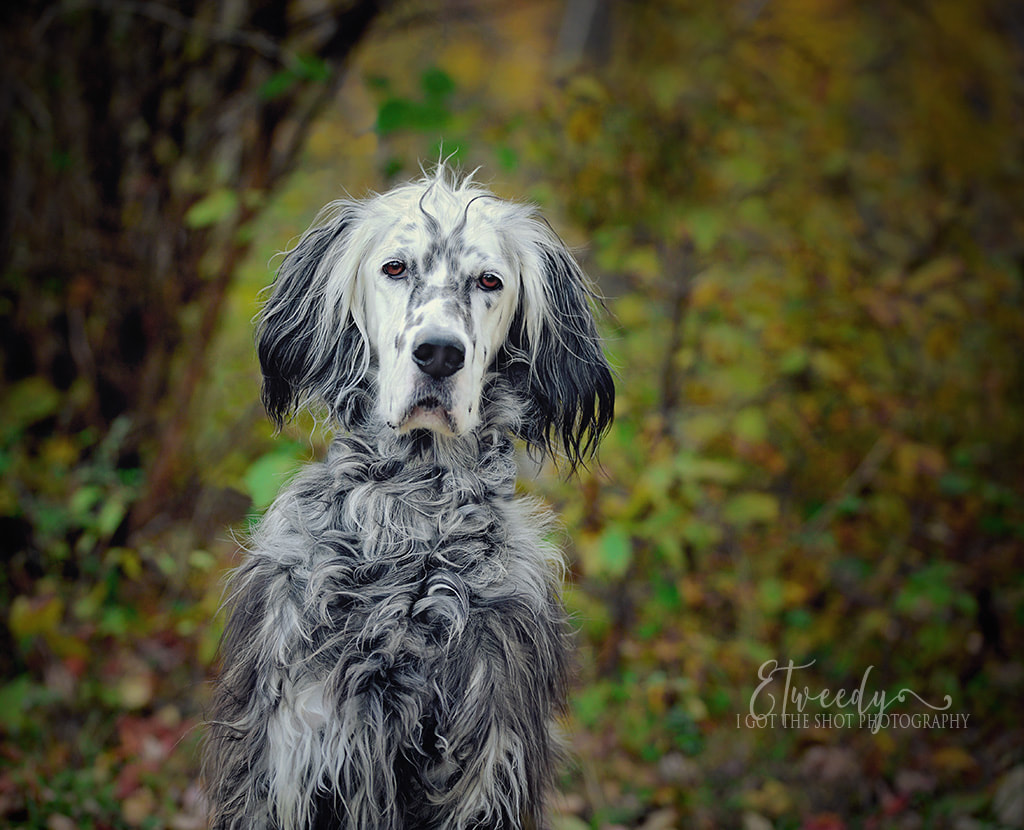It was a riotous occasion.
Luckily, Talley is very treat oriented...for that matter, so are the kids. I find a good treat and food-oriented dog, can help to get attention when things get out of hand. But, there can be some drawbacks. Read on.
What Treats Exactly?
While I am not a treat-tester, I can tell you that our Talley girl has an extremely sensitive stomach. Since she was young, I have been very careful to try out a treat in a small quantity to see what her response will be. Talley eats a special diet and four small meals a day. It is no picnic when her stomach goes awry, so I am very careful.
That being said, I have found two treats that work very well for her, and that other dogs I have worked with and photographed seem to respond to and like as well.

They are also "clean" treats. You can pocket them, and you will have no sticky, gooey mess to clean out of those pockets.
By the way, this lure stick is awesome. It works great for training purposes as well, especially if you have a dog that pulls while walking. I use it in the studio a lot when photographing dogs.
Newman's Own Snack Sticks are grain free and come in a variety of flavors. If you ever have a problem with any product from Newman's (sometimes the distribution chain can be cruel for products that do not use strong preservatives, especially if not stored properly before sale), Newman's will take care of you and send you replacements.
Best of all, Newman's Own really does donate profits to charity.
Another great, low-in-calorie treat that is a favorite of mine is Buddy Biscuits. Specifically, I use the soft treats. The bag says it all: free of corn, soy, artificial flavors and colors, because we don't need to add any of these to a dog's diet.
Talley will do anything for a Buddy Biscuit peanut butter treat. So will any of the dogs in our household, for that matter.
A while back I wrote a blog about the use and non-use of treats as part of what I do. Treats have to be managed well if used at all in a session.
I don't like to be dependent on them. They are more for reward, rather than to elicit a certain type of activity.
For instance, Talley does not receive a treat until she has performed some type of activity. In the studio, she will wait for the pop of the strobe, then leave her spot and come to me, sit, then receive a treat. She will then go back to her spot and wait for the next strobe.
Of course, client dogs have not grown up in a studio, and I don't expect this same behavior from them. But, I still like to manage the handing out of any treats, and keep it to a minimum (as needed).
Problems With Treats
Here are some of the reasons why I would prefer minimal treat usage in sessions:
(1) They promote drooling in some dogs
(2) Depending on the breed, treats can discolor the facial and mouth hair of dogs
(3) Dogs generally make a really strange facial expression when a treat is expected
(4) Dogs may focus on the treat more than the camera
Of course, in a session where a dog is expected to CATCH the treat as part of a photo, a crazy expression is a goal. But in all other portrait work, it's best to manage treats well.




 RSS Feed
RSS Feed